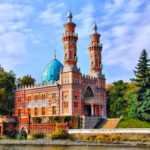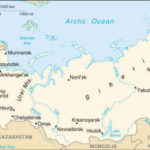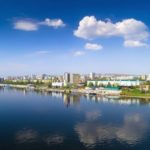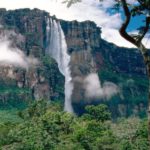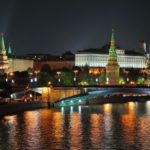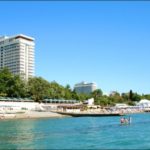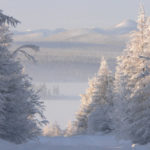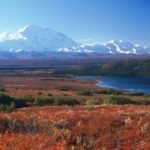18 interesting facts about the climate of Russia
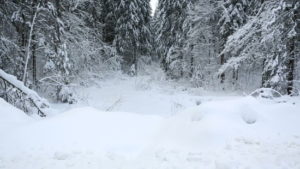 The diversity of the climate of Russia in different parts of it is explained by the vast spaces occupied by our country. We have everything – cold Arctic zones, hot deserts, impassable forest jungle, endless plains, high mountains, deep lakes and mighty rivers. That is why the climatic diversity of our vast Motherland is so great.
The diversity of the climate of Russia in different parts of it is explained by the vast spaces occupied by our country. We have everything – cold Arctic zones, hot deserts, impassable forest jungle, endless plains, high mountains, deep lakes and mighty rivers. That is why the climatic diversity of our vast Motherland is so great.
The warmest winter in the history of observations was recorded in Moscow in 2014-2015. It was so warm that mushrooms and grass began to grow, and buds blossomed on the trees.
Judging by archival data, over the past 100 years, the average temperature in Russia has increased by one degree.
One of the most unpleasant things in the climate of Russia is ice rain. So, in 2010, he deprived the power supply of more than 400 thousand residents of the capital, caused the fall of thousands of trees and caused a lot of other damage.
In St. Petersburg, floods occur on average once a year. Over the past three centuries, there have been a little more than 300.
The Russian climate is not particularly dangerous. For example, devastating tornadoes, or tornadoes, such as those that devastate the southern United States, we almost never have. But in 1904, a powerful tornado hit Moscow, destroying many houses.
In southern Russia, the climate is quite mild. However, sometimes (on average three times a hundred years) there are so cold winters that the Black Sea freezes for a short while.
The windiest place in Russia is Cape Taygonos in the Magadan Region. Wind gusts here reach 200 km / h, which according to the standard classification corresponds to a destructive hurricane.
The climate of Russia is also unique in that our country is the only one in the world through which eight climatic zones pass at once.
The harsh climate does not scare the Russians. So, Murmansk is the largest city in the world beyond the Arctic Circle.
The sunniest cities in Russia are Ulan-Ude and Khabarovsk.
The city of Verkhoyansk (Yakutia) is the settlement with the least rainfall in Russia. But winter is long here, and the snow always lasts more than six months.
The climate of Russia in the northwestern part of the country is often called rainy. However, in St. Petersburg, on average, not so much rain falls annually. In Severo-Kurilsk, for example, there are about 3 times more of them.
The hottest region of Russia is Kalmykia. Once, a temperature record of +45.6 degrees Celsius was recorded here.
Mount Ai-Petri in the Crimea is the most foggy part of Russia; fog can be observed on it for about 260 days a year.
In Karelia, the average annual temperatures for months are completely identical to those in Finland.
The climate on the Black Sea coast is practically indistinguishable from the climate of the Greek or Bulgarian coast.
Oymyakon village in the north of Russia is the coldest settlement in the world. The record of negative temperature here is -71.2 degrees.
The climate of Russia is characterized by significant seasonal differences, the difference between the average daily temperature in winter and summer reaches 36 degrees. According to this parameter, Russia ranks third among all countries of the world, second only to Mongolia and Kazakhstan.

